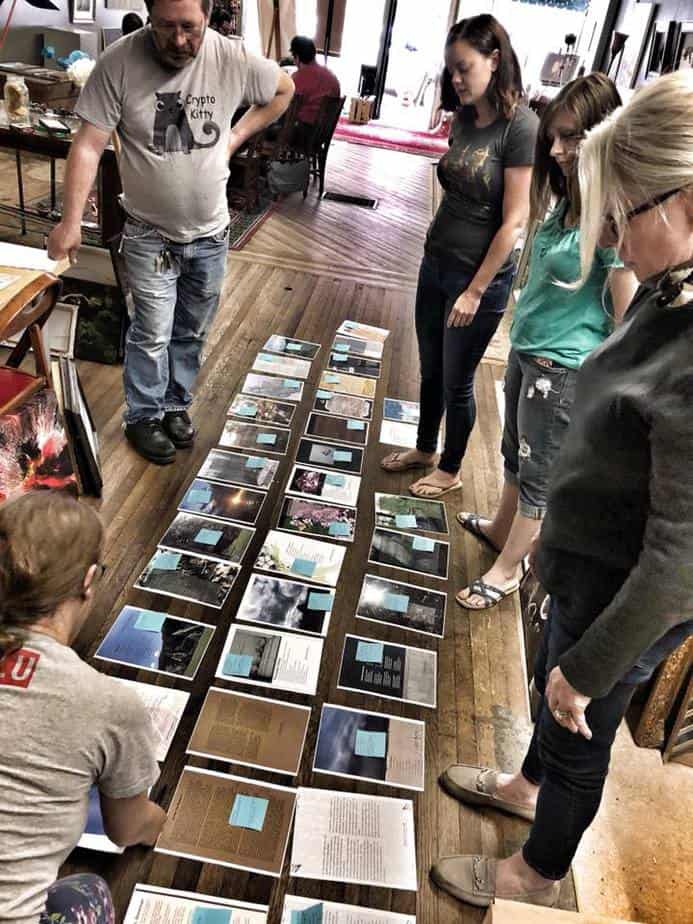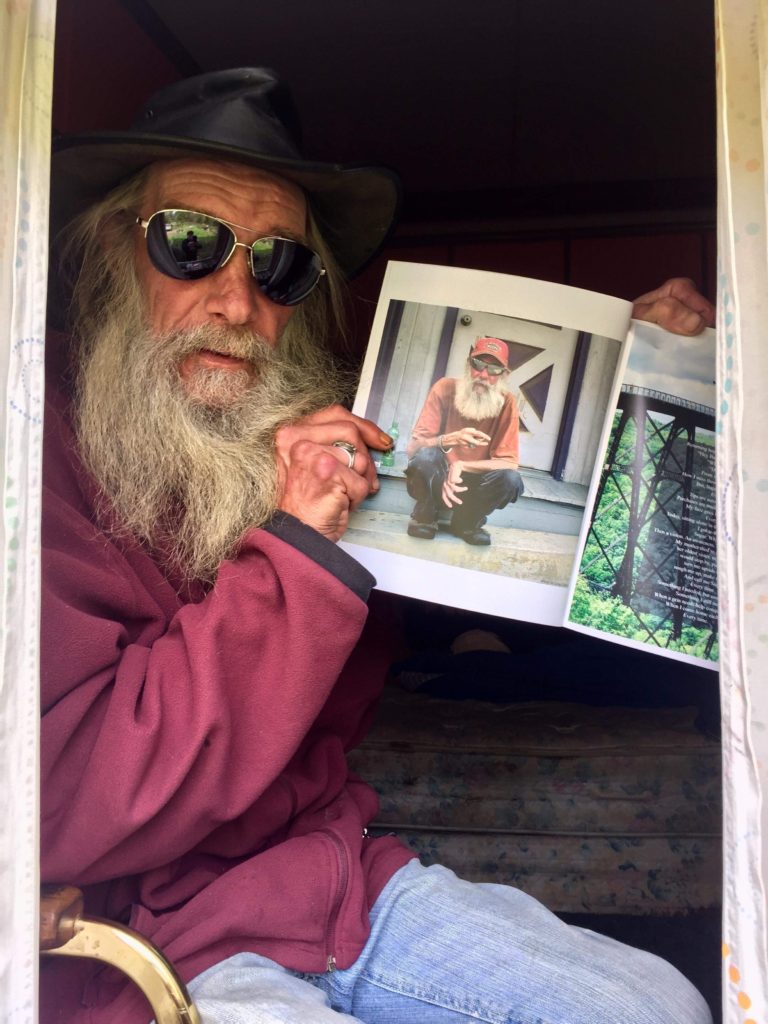by Jessica Weible
Executive Editor of The Watershed Journal

We see symptoms of exclusivity everywhere. We admire Ivy League colleges like Harvard or Princeton, schools that take pride in how many promising young people they turn away each year. Historically, our country has excluded people from political representation based on ethnicity and gender. Even now, most of you probably would agree that exclusivity exists in our own hometowns. If you come from the right family or your bank statement is impressive enough, you can be part of the group. If not, you simply don’t belong. The more people we keep out, the more valuable belonging is.
Perhaps there is nowhere that exclusivity is more implicitly understood and accepted than in the world of the creative arts. The journey to find success as a creative person is a journey through very narrow entryways. Painters, sculptures, actors and writers clamor for one chance, one shot with the right person who they envision as a grand arbiter of taste and director of culture. Someone who might deem their work worthy of a broader audience. Or, if you’re more cynical, your arbiter of taste is more of a shrewd businessman who thinks he can make a buck off of you.
But what does that mean about the creative work that we produce and circulate? Surely it must be the best? Right?
When we started The Watershed Journal, we had the idea to develop a model for the magazine that would be based on inclusivity. Everyone gets in. Our only restriction is to select local writers, photographers and storytellers so that they can best represent the feel of this region. But we aren’t looking to filter out submissions until we get to the best. We want everyone’s story.
I’ll admit, as a former middle school teacher, I was prepared for some just plain bad writing. I wasn’t looking to compete with New York magazines or even college and university publications. But as a part time freelance journalist, I had found the stories of the people who lived here to be fascinating and very worthy of publication. And as I got to know more local writers through the Writer’s Block Party, I found them all to be admittedly unique, but absolutely competent and compelling.

With two editions under our belt and one in layout, I can say that the quality of the work we have received far exceeds my expectations. Not only that, but in every subsequent edition, it keeps getting better. Since its inaugural edition, The Watershed Journal has attracted college professors, published poets, professional photographers, novelists, yet also features many writers who had never before been published. We have writers who could lecture for hours about the philosophy of writing and we have writers who like to tell stories of their dog. All of it, this beautiful diversity of work that only inclusivity allows for, is a critical part of telling the larger story of a people and a place.
So, while the submitters to The Watershed Journal may not have the satisfaction of knowing that they were accepted where others were rejected, but they do have something that I think is more important. They belong to a community of people who are ready to listen to each other with an ear to hear the value in all of our stories.




